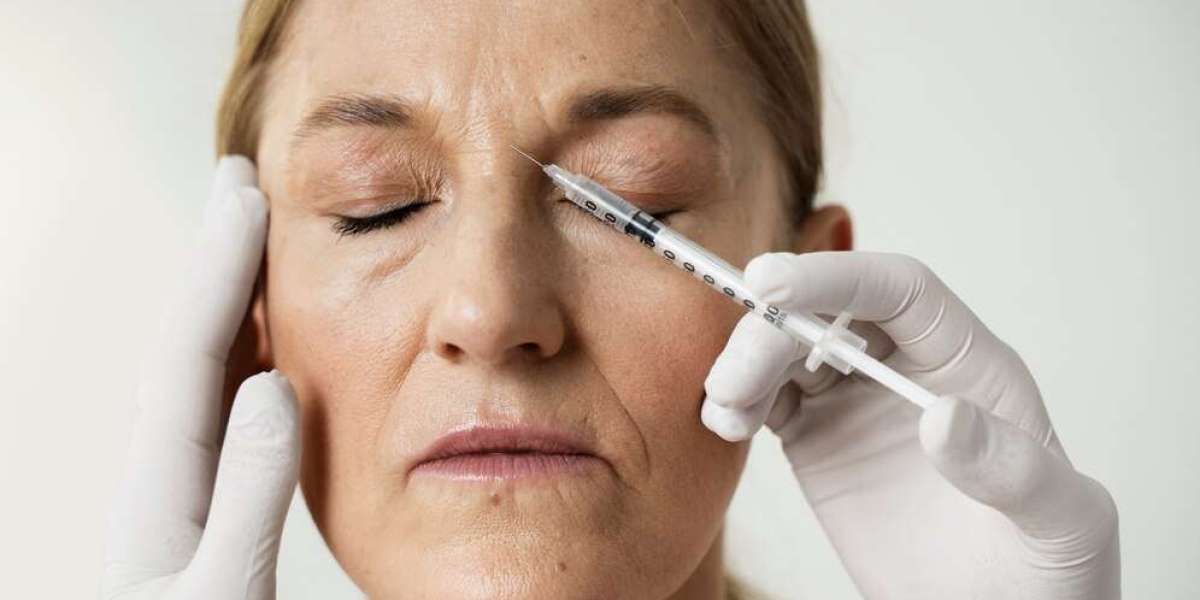In a world where youthfulness and vitality are often celebrated, the pursuit of smooth, wrinkle-free skin has become a common desire for many. While aging is a natural process, modern advancements in cosmetic procedures offer solutions to help individuals maintain a more youthful appearance. One such solution gaining popularity is anti-wrinkle injections.
What Are Anti-Wrinkle Injections?
Anti-wrinkle injections, also known as botulinum toxin injections or neuromodulators, are a minimally invasive cosmetic procedure used to reduce the appearance of wrinkles and fine lines on the face. The injections work by temporarily paralyzing the muscles responsible for causing wrinkles, resulting in smoother skin. The most common areas treated with anti-wrinkle injections include the forehead, between the eyebrows (glabellar lines), and around the eyes (crow's feet).
Benefits of Anti-Wrinkle Injections
Reduction of Wrinkles: Anti-wrinkle injections effectively diminish the appearance of wrinkles and fine lines, giving the skin a smoother and more youthful look.
Preventative Measures: Some individuals opt for anti-wrinkle injections as a preventative measure to delay the onset of wrinkles and maintain youthful skin.
Non-Surgical: Unlike surgical procedures such as facelifts, anti-wrinkle injections are non-surgical and require minimal downtime, making them a convenient option for those with busy lifestyles.
Customizable: Treatment plans can be customized to target specific areas of concern, ensuring natural-looking results tailored to each individual.
Risks and Considerations
While anti-wrinkle injections are generally considered safe when administered by a qualified healthcare professional, it's essential to be aware of potential risks and considerations:
Bruising and Swelling: Some individuals may experience temporary bruising, swelling, or redness at the injection sites, which typically resolves within a few days.
Temporary Weakness: The temporary paralysis of facial muscles may cause temporary weakness or drooping in nearby areas, particularly if the injections are not administered correctly.
Allergic Reactions: Although rare, allergic reactions to the injection or its components are possible. It's crucial to disclose any allergies or medical conditions to your healthcare provider before undergoing treatment.
Results Not Permanent: The effects of anti-wrinkle injections are temporary and typically last three to six months. Regular maintenance treatments are necessary to sustain results.
Aftercare Tips
Following anti-wrinkle injections, it's essential to follow these aftercare tips to optimize results and minimize potential side effects:
Avoid Touching the Treated Area: Refrain from touching or rubbing the treated area for at least 24 hours to prevent the spread of the toxin.
Avoid Strenuous Activities: Avoid strenuous exercise and activities that may increase blood flow to the face for the first 24 hours post-treatment.
Apply Ice Packs: Applying ice packs to the treated area can help reduce swelling and discomfort.
Follow-Up Appointments: Schedule any recommended follow-up appointments to assess results and determine if additional treatments are needed.
Anti-wrinkle injections offer a convenient and effective solution for reducing the appearance of wrinkles and achieving a more youthful complexion. While the procedure is generally safe, it's essential to consult with a qualified healthcare professional to discuss your goals, expectations, and any potential risks. By understanding the benefits, risks, and aftercare considerations associated with anti-wrinkle injections, you can make an informed decision about whether this treatment is right for you. Remember, beauty is not defined by age, but by confidence and self-assurance.








